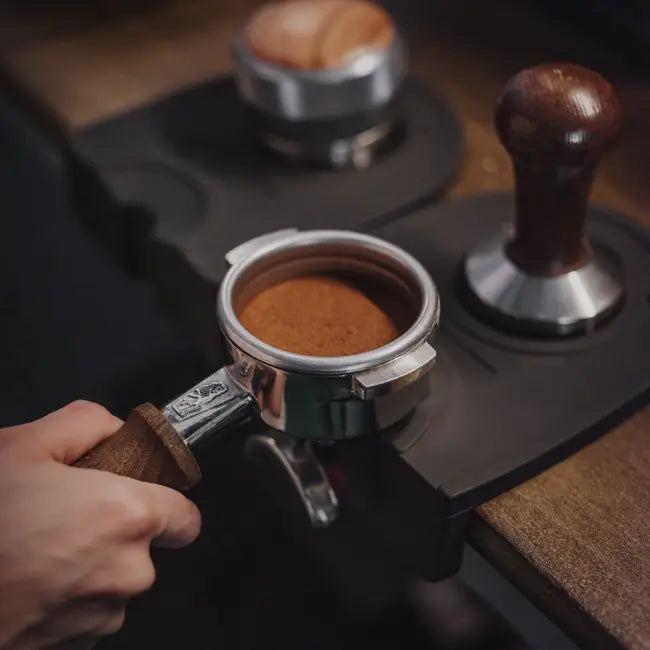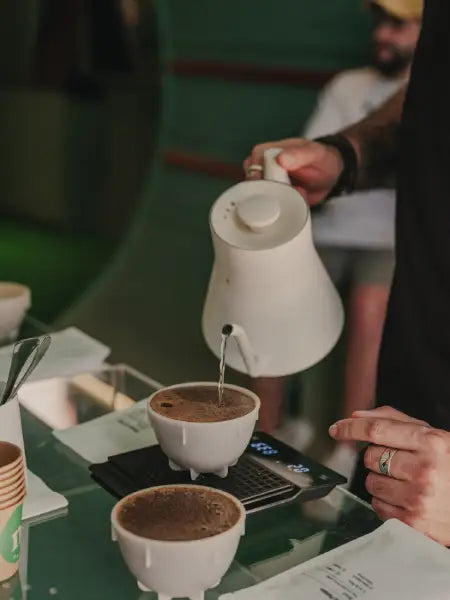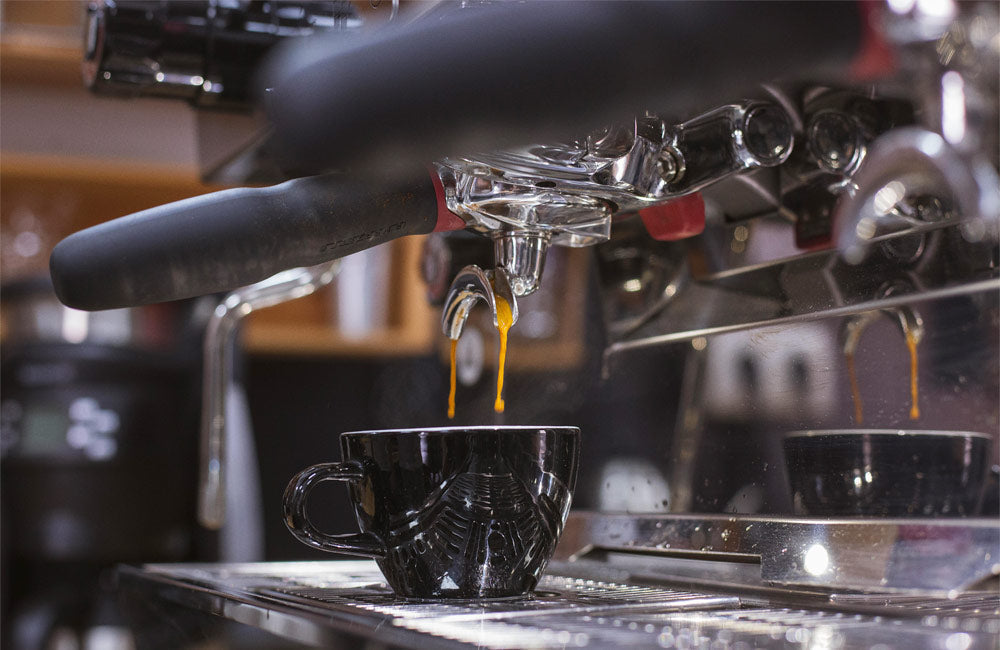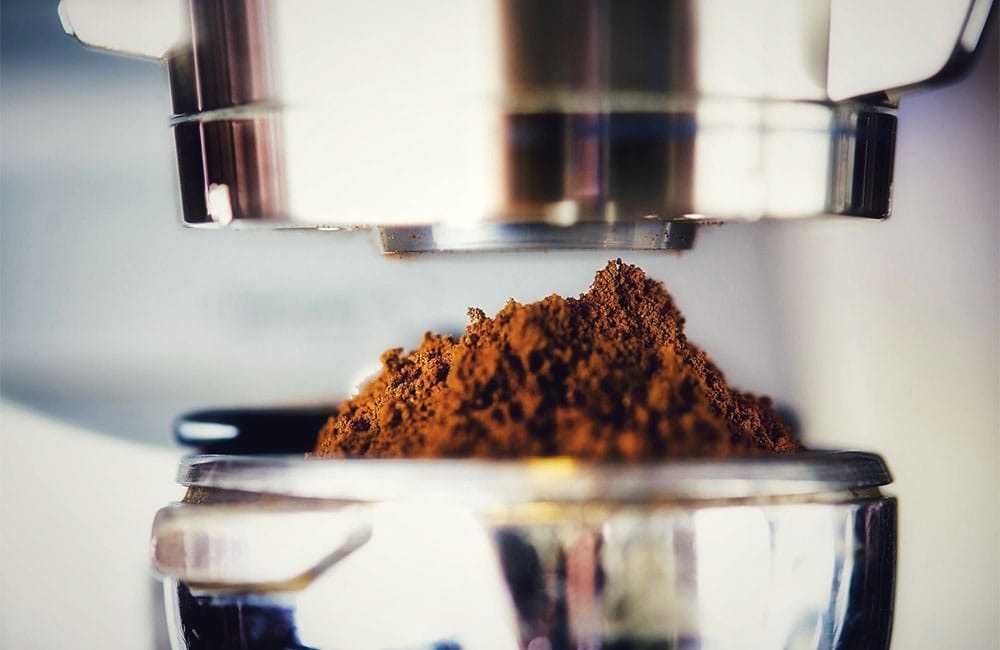Explorando los diversos tipos de café
El café es mucho más que una bebida cafeinada; es una explosión sensorial, un compendio de ciencia y método, incluso un refinado arte. El principal ingrediente de cualquier tipo de café siempre será el mejor café de especialidad.
Desde su origen en zonas geográficas cercanas al ecuador hasta la sofisticación en su preparación, cada fase en el proceso de elaboración del café afecta a su sabor, aroma y textura.

Qué es el café de especialidad
El café de especialidad se distingue por provenir de granos de la más alta calidad, cultivados en condiciones óptimas que son meticulosamente seleccionados y procesados. Las variables que influyen en la calidad son la variedad, el terreno, la altura, el clima, el método de cultivo, el tipo procesado, el tueste y la conservación, entre otras.
Estos cafés son evaluados y calificados por expertos, obteniendo puntuaciones que superan los 80 puntos sobre 100 según los estándares de la Asociación de Café de Especialidad.
Los fundamentos son su trazabilidad completa, la atención al detalle en cada etapa de su producción, y el compromiso con la sostenibilidad ambiental, económica y social.
Esto hace que estos cafés resalten por sus perfiles de sabor únicos y complejos, que reflejan las características específicas de su región de origen.

La base de todos tipos de café
La base de todas las formas de servir una bebida cafeinada es la misma: café solo. Sin leche, sin azúcar, sin ningún otro añadido extra. Esta es la forma ortodoxa de tomar café.
Bien sea que hagamos una extracción con una máquina de espresso o de filtro, la bebida que obtendremos será el resultado de extraer del café los compuestos solubles.
El café está compuesto en un 30% de solubles. Estos solubles son los que el agua extrae al entrar en contacto con el café y lo que le proporciona las características gustativas, aromáticas y psicoactivas.
De este 30% de solubles posibles, de forma general, nosotros solo querremos disolver entre un 18% y un 24%. Esto es lo que se conoce como el TDS (sólidos disueltos totales, por sus siglas en inglés). Esto lo llamamos Teoría de la extracción.
Dependiendo de la forma de extracción, bien sea con una máquina espresso, un filtro, o en cata, etc. tendremos en cuenta diferentes variables para obtener este porcentaje. Y, dependiendo de la cantidad final de bebida resultante de la extracción, este porcentaje tendrá unas características diferentes.
Por ejemplo, en un filtro cuyo resultado final son 200 ml de café, este 20 por ciento de solubles estará más diluido que en un espresso que son 40 ml (aprox. 40 gr). Esto tiene como resultado un perfil organoléptico diferente en cada caso.
El espresso, la base de los diferentes tipos de café con leche
De las diferentes formas de extracción del café, el espresso es el que tradicionalmente se ha usado como la base de bebidas cafeinadas con leche.
El espresso es un método de extracción de los solubles del café por calor y presión. Las variables para tener en cuenta son, en primer lugar, el café en sí (origen, proceso, etc), la molienda, la cantidad de café, la temperatura del agua, la presión de la máquina, el tiempo de extracción y la cantidad de bebida resultante (expresada en gr.)
Como referencia usaremos una receta estándar: 18 gramos de café en una ratio de 1:2,22, lo que nos daría como resultado una bebida de 40 gr.
La ratio se obtiene de dividir la cantidad de bebida resultante (40 gr) entre la cantidad de café que hemos utilizado (18 gr). La operación sería 40/18 = 2,22.
A esta extracción se le llama, en muchas ocasiones, un espresso doble. Se le llama así porque usaremos el porta filtros doble para hacerla. Y un espresso single sería el resultado de dividir esta extracción en dos (20 gr de bebida en cada taza).
Consistencia, consistencia y consistencia
Hacer un buen café, independientemente de qué tipo de café sea, se parece un a hacer un experimento científico. Hay una serie de variables que hemos de controlar para obtener un resultado concreto y deseado.
Para poder repetir este resultado lo más importante es que seamos consistentes en las variables y cómo las manipulamos. Para esto, las variables más importante a tener en cuenta son
1. Café que vamos a usar. Cada origen, proceso, cosecha, etc. influirá diferente.2. Método de preparación elegido3. Tueste, conservación y molienda4. Receta y agua
Estas cuatro variables tienen sub-variables que también son importantes. Por ejemplo, el tipo de agua que usamos es importante, pero tanto o más lo es la temperatura.
Herramientas esenciales para la preparación
La excelencia en la preparación del café depende también de las herramientas utilizadas. Molinillos que permitan ajustes finos y una molienda uniforme, cafeteras especializadas para cada método de preparación, o una báscula, son indispensables
Estas herramientas no solo facilitan el proceso, sino que garantizan la consistencia y calidad de cada taza de café.

Métodos de preparación y recetas
Existen múltiples métodos para preparar café, cada uno requiere de una técnica y herramientas, una molienda, proporción de agua y temperatura específicas.
Estos métodos abarcan desde el intenso espresso hasta el refrescante cold brew, para cada uno de estos tipos de café, que veremos más abajo, pueden existir diferentes recetas, nosotros nos mantendremos en las más reconocidas y estándar.
Esto no quiere decir que no puedas experimentar, la experimentación con recetas nos permite personalizar nuestras experiencias de degustación, ajustando variables para conseguir la taza que buscamos.
Café Flat White
Con raíces en Australia y Nueva Zelanda, el Flat White se distingue por su armoniosa fusión de espresso con leche caliente y espumada en una proporción de 40/60 aproximadamente, aunque esto puede variar y aumentar la cantidad de leche dependiendo del lugar.
Esta bebida se caracteriza por una mezcla perfectamente equilibrada de espresso y leche, resultando en una textura suave y aterciopelada.
Receta:
Espresso: Utiliza 40 gramos de café extraído (un doble espresso) como base.
Leche: Entre 40 y 160 gramos, cuidadosamente calentada para alcanzar una microespuma suave.
Preparación:
Calienta la leche hasta alcanzar una temperatura ideal de entre 60 y 65 °C, creando una microespuma aterciopelada. Vierte esta leche sobre el espresso en un flujo constante y circular para mantener la textura deseada y que se mezcle correctamente.
Café Espresso
Como hemos dicho, el café espresso es el corazón de numerosas bebidas a base de café, pero no solo eso, también es una bebida por derecho propio y muchos argumentarían que una de las mejores formas de degustar café.
Receta básica:
Café molido: 18 gramos, molido fino para una extracción óptima.Agua: 50 gramos aprox, asegurando una ratio de extracción precisa.
Preparación:
Compacta el café en el portafiltro y extrae durante 25-30 segundos bajo una presión de 6 a 10 bares.
Café Americano
Una versión del espresso diluido con agua, en un ratio de 30/70 aproximadamente, que suaviza su intensidad sin comprometer su carácter
Receta:
Espresso: 40 gramos de café extraído como base.Agua caliente: Añade entre 40 y 160 gramos de agua a la misma temperatura de extracción del espresso (90-96 °C) para ajustar a gusto.
Café Capuchino
Este tipo de café es un clásico en muchas cafeterías, y por eso mismo encontramos una gran variabilidad. En su base es un delicado equilibrio entre espresso y leche, aunque hay gente que lo asocia con más espuma y con un toque de cacao.
Receta:
Espresso: 40 gramos de café extraído, aunque podrían usarse 20 gramos (single espresso)Leche: calentada a 60/65 grados entre 130 y 180 gramos para formar una espuma densa y cremosa, vertida cuidadosamente.
Café Mocha
Este tipo de café es la unión perfecta de café, chocolate y leche. Se puede usar chocolate líquido o cacao en polvo.
Una forma sofisticada (¡y deliciosa!) de este café consiste en extraer un espresso sobre una onza de chocolate. Luego se puede tomar así directamente o con un poco de leche.
Receta:
Espresso: 40 gramos de extracción.Chocolate: A gusto, para endulzar y enriquecer la bebida.Leche: Entre 130 y 180 gramos, calentada y mezclada con el espresso y el chocolate.
Café Macchiato
Este café es un espresso “manchado” con una nota de leche (o espuma de leche). Es muy similar a un café cortado, y en muchos sitios lo asimilan, aunque nosotros preferimos diferenciarlo puesto que consideramos que el cortado tiene más leche.
Receta:
Espresso: 40 gramos (doble), intenso y rico.Leche: Una pequeña cantidad (entre 5 y 40 gramos) para "manchar" el espresso.
Café Ristretto
Una interpretación más concentrada del espresso, que destaca por su sabor intenso. Consiste en extraer una menor cantidad de líquido de la misma cantidad de café.
Receta:
Café molido: 18 gramos para mantener la consistencia.Agua: Reducida a 25 gramos aprox. para una extracción más rica.Preparación: Extrae en un periodo más corto (20-25 segundos)
Café Cortado
Un espresso al que se le añade un toque más generoso de leche que al machiatto para suavizar su perfil.
Receta:
Espresso: 40 gramos de café extraído.Leche caliente y añadida en una cantidad ligeramente mayor (entre 5 y 40 gramos) en comparación con el macchiato.
Café Cold Brew
Café de extracción en frío, que destaca por su suavidad y baja acidez. Este es el método clásico por inmersión y la receta básica es la siguiente:
Café 40 g
Agua 600 g/ml
Una malla o seda
Un recipiente de cristal
Y la receta para hacer un café frio en casa o cold brew:
– Molemos el café con una molienda media
– Echamos el café directamente en la malla
– Introducimos la malla en recipiente de cristal
– Vertemos el agua en el recipiente a través de la malla con el café
– Removemos suavemente
– Tapamos el recipiente
– Lo dejamos reposar entre 12-24 horas en el frigorífico (¡atención a los olores fuertes!)
– Después de este tiempo de reposo, retiramos la malla con el café y estará listo.
Conclusión
Al final de este viaje aromático por los diferentes tipos de café, esperamos haberte inspirado a explorar más allá de tu taza habitual.
Cada tipo de café cuenta una historia diferente, un sabor distinto y una experiencia única. ¿Has encontrado ya tu preferido en esta diversidad cafetera? O mejor aún, ¿hay algún tipo de café que te haya sorprendido o que recomendarías?
Cuéntanos en los comentarios, tus experiencias y recomendaciones pueden ser la guía perfecta para otro amante del café en busca de su próxima aventura.









